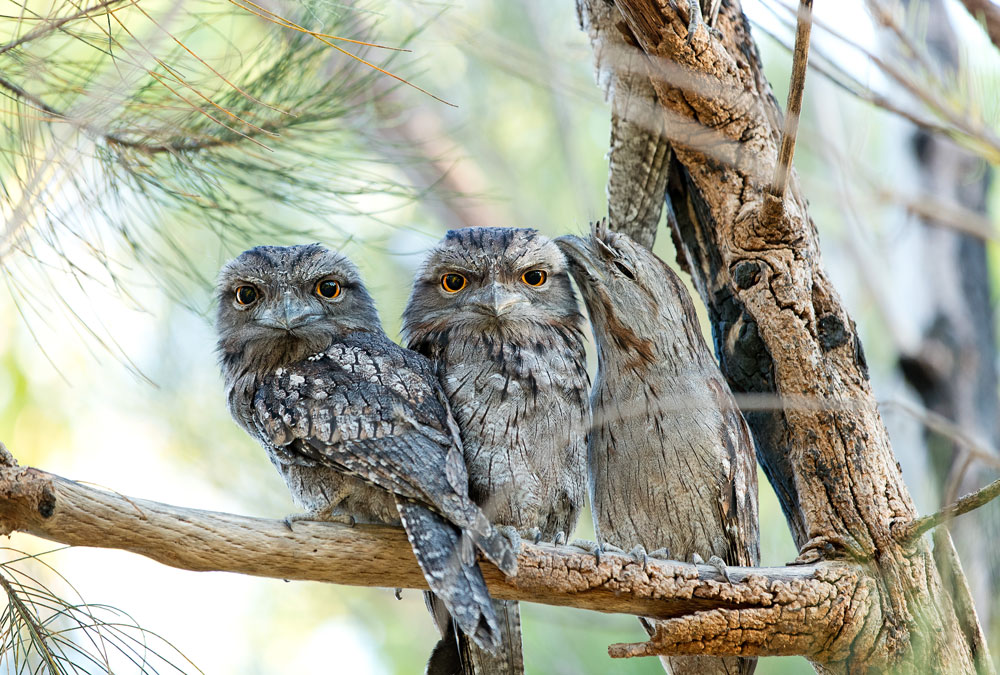Bounded by Coolbellup Avenue, North Lake Road and the rear of suburban homes, in recent times this high-quality woodland was little-known and visited primarily by local people who appreciated its value. As part of the Roe Highway section 8 reserve, it did not have the status of a bush reserve with formal paths and regular maintenance. Yet it provided ecosystem services to humans and habitat to variety of woodland flora and fauna. Both karak (Forest Red-tailed Black Cockatoo) and ngoorlak (Carnaby’s Black Cockatoo) are known to forage in this woodland. Along with jarrah, marri and banksia trees, an unusual grove of djanjin (Woody Pear) trees is found in the western section. Moving down slope the banksia/woody pear woodland gives way to banksia/jarrah. The soil is visibly lumpy due to the activities of quenda who can turn over ten kilograms of soil a night. In makuru, (winter in the Nyungar Six Seasons) multiple species of the carnivorous genus Drosera, glisten with sticky droplets to trap unwary insects. In djilba (early spring) a diverse array of wildflowers appear: donkey and cow slip orchids, bitter peas, pixie mops, milk maids, and fringe lilies, to name only a few.
Karak


Tawny frogmouth family in sheoak tree (Photo: C. Leonhardt)
Part of the extensive colonial land grant of George Robb, this area has had many uses since European settlement, including for firewood cutting and stock grazing. The name ‘firewood’ banksia (Banksia menziesii) dates from this era. Residential housing was built from the late 1950s around the planned Roe Highway reserve, so that the woodland became enclosed by suburban fences. Since that time, Coolbellup residents have used the area for walking, creating informal paths through the bush. Local Nyungar people have mentioned learning about bush medicine by visits to this woodland.
Clearing for the Roe 8 highway commenced in this quiet woodland in January of 2017. A mass protest “Enough is Enough”, planned via social media, was held on 12 January 2017. Early in the morning hundreds of people of all ages massed along the fencing some dressed in their work clothes. Inside the fenced-off zone, two women had locked on to clearing equipment during the night. Around 200 meters of fencing was knocked down and protestors swarmed forward and around the clearing equipment. Mounted officers drove the protestors back through the bush to the original temporary fencing line and numerous arrests were made. Some have estimated that around 2000 people were involved in the mass action, one of the largest in Western Australian history. Though it did not stop the bulldozing, it bought the dispute to the attention of many more people.

“Enough is Enough” Mass Protest, 12th January 2017. (Photo: N. Miles-Tweedie)

Bobtail (Tiliqua rugosa)
While a large portion of the bushland was cleared in early 2017, due to the cessation of works in March, the land quickly began to regenerate. Marri, djanjin and zamias bulldozed at the surface re-sprouted again after makuru rains. Rehabilitation work commenced in 2018 with collection of seeds to propagate, later followed by removal of woody weeds and community planting events. Looking along the corridor the clearing zone is becoming more difficult to detect as both original and rehabilitation plants grow. The Karak Cooby Bushcarers was launched in 2023 to continue to care for a bush reserve that has long been loved and protected by local people.
